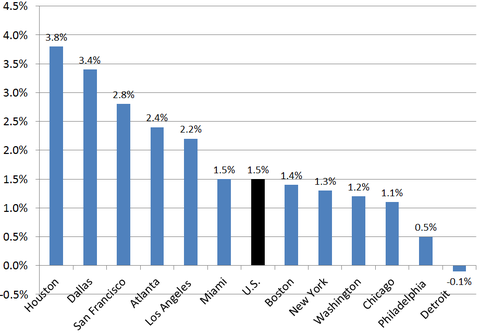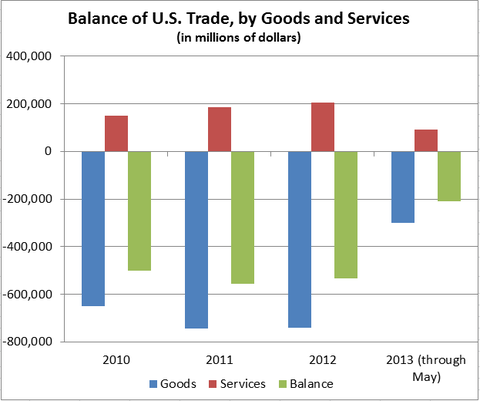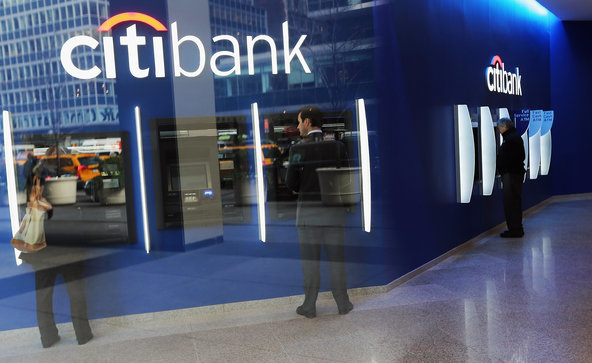On Wednesday morning, the company’s stock crossed an important psychological barrier, trading above $38 a share, the price at which Facebook, the world’s leading social network, first sold shares to the public in May 2012.
The catalyst for the rise was the company’s surprisingly strong second-quarter earnings report last Wednesday, which quelled many investors’ doubts about Facebook’s ability to make money from its legions of mobile users and suggested that the company’s profit stream would continue growing.
Since last week’s report, shares have risen about 34 percent. Early Wednesday, they briefly touched $38.31 a share, although they pulled back to end at $36.80 a share at the time the market closed.
The company’s shares hit a low of $17.55 last fall. Since then, investors have warmed to the company as its management demonstrated that it can increase profits and not just users.
“There was a perception that they hadn’t monetized the users they have,” said Aaron Kessler, an analyst at the Raymond James brokerage firm, referring to last summer, when the Facebook’s stock was trading at half the current level.
These days, Wall Street sees revenue potential everywhere — from soon-to-come video ads in the Facebook news feed to the expansion of high-dollar ads targeted to specific swaths of Facebook users.
“Facebook was caught flat-footed by the shift to mobile,” said Mark S. Mahaney, an analyst with RBC Capital Markets. Now, he said, “they appear to be set up as a sustainable, high-growth business.”
Still, there are reasons to be concerned. Mobile messaging platforms like Snapchat and WhatsApp are grabbing the attention of many of Facebook’s younger users. Twitter is mounting a major effort to go after marketers, especially brands that typically advertise on television, as it prepares for its own likely public offering.
And Facebook risks turning off users with too many ads. About 1 in 20 items in the news feed, the main flow of items that a Facebook user sees, is an ad. During the company’s quarterly conference call with analysts, Facebook’s co-founder and chief executive, Mark Zuckerberg, said that users were beginning to notice the number of ads, suggesting that the company could not greatly increase their frequency without losing some users.
Nate Elliott, a principal analyst with Forrester Research, said Facebook users who visit the site on a computer’s browser still see too many cheap, poorly targeted ads on the right side of the page. “They’ve got to get much better at targeting,” he said.
Despite these worries, investors’ views of the company’s prospects have clearly changed.
Mr. Mahaney, whose firm has a $40 price target on the Facebook stock, said that analysts across Wall Street had increased their projections of the company’s financial performance. Analysts now expect Facebook to increase its profits 30 to 35 percent a year through 2015.
Because stocks tend to trade as a multiple of a company’s future profits, those upgrades last week sent Facebook’s stock soaring.
Facebook officials declined to comment on the stock rise on Wednesday. But for the company’s executives, who had urged investors to be patient as their strategy played out, the surge surely offers some vindication.
The company raised $16 billion from the initial public offering on May 18, 2012, vaulting it into the big leagues of American stocks, but problems struck immediately. The Nasdaq stock exchange botched the handling of buy and sell orders on the first day of trading — so badly, in fact, that regulators eventually fined Nasdaq $10 million for the fiasco.
In ensuing weeks, Facebook shares continued to fall. Instead of pouring into the stock, as they did a decade earlier with Google, many investors questioned whether Facebook’s stock was overpriced at $38 a share.
Particularly worrisome was Facebook’s seemingly nonexistent mobile strategy just as Internet users were abandoning PCs for their smartphones. The company’s smartphone and iPad applications were clunky, and it was generating no revenue from mobile ads.
Facebook’s management, including Mr. Zuckerberg, recognized the problem and began a crash course to revamp the company’s approach to mobile and better position the company for fast-growing emerging markets.
The company overhauled its apps, introduced ads into its users’ news feeds, and created a new category of revenue called app-install ads. With the app-install ads, a game maker, for example, can promote its new game in Facebook’s mobile software and give users an easy way to install the app with just a couple of clicks.
Facebook also introduced new advertising products meant to give marketers more ways to target specific groups of customers, which allowed the service to charge higher advertising rates.
While mobile advertising continues to grow, and was about 41 percent of Facebook’s ad revenue in the second quarter, investors are also looking to new areas of potential profit growth. Those include video advertising in the news feed, which is expected to begin later this year, and the possible sale of ads in Instagram, the fast-growing photo and video-sharing app that Facebook bought in 2012.
“All of those seem like relatively large low-hanging fruit, and they are starting to go after them,” Mr. Mahaney said.

Article source: http://www.nytimes.com/2013/08/01/technology/facebook-briefly-trades-above-ipo-price.html?partner=rss&emc=rss





